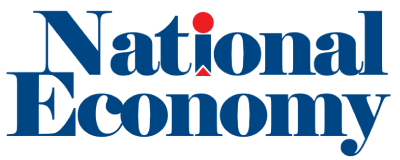The first half of 2025 was described as a period of “recalibration” for the Nigerian economy, with modest recovery signs emerging after the shocks of 2024.
According to Norrenberger’s economic outlook report, activity levels improved while inflation eased slightly, though structural challenges persisted. GDP rebasing and a revised Consumer Price Index (CPI) provided a clearer picture of growth, with GDP expanding 3.13 per cent in Q1 2025 and inflation moderating to 22.22 per cent in June.
The Central Bank of Nigeria (CBN) maintained its benchmark interest rate at 27.5 per cent, sustaining a hawkish stance to rein in inflation. At the same time, the passage of four major tax reform bills marked progress toward fiscal sustainability.
Despite these domestic developments, the economy remained vulnerable to external shocks, particularly volatile oil prices and global trade frictions.
Globally, growth was uneven. The United States economy contracted 0.5 per cent in Q1 2025, its first decline in three years, weighed down by front-loaded imports ahead of new tariffs. In contrast, the United Kingdom grew 0.7 per cent, its strongest quarterly expansion since early 2024, supported by resilient housing and manufacturing. The Euro Area posted 0.6 percent growth, boosted by Ireland’s multinational sector, while China surged 5.4 percent on consumer-driven stimulus and pre-tariff export rushes.
Even so, the World Bank projects global growth slowing to 2.3 per cent in 2025, the weakest pace since 2008 outside recession years.
Looking ahead, Norrenberger forecasts that Nigeria’s recalibration will continue into the second half of 2025. The fixed income market is expected to see a gradual correction in yields, with speculation that the CBN may cut interest rates to stimulate growth.
The equity market is projected to extend gains, buoyed by strong company earnings and renewed investor confidence. The report urges coordinated public–private policy actions to accelerate Nigeria’s path toward a one trillion dollar economy.
Norrenberger concluded with cautious optimism, noting that policymakers and investors have an opportunity in H2 2025 to consolidate stabilisation gains and navigate uncertainties with strategic foresight.





